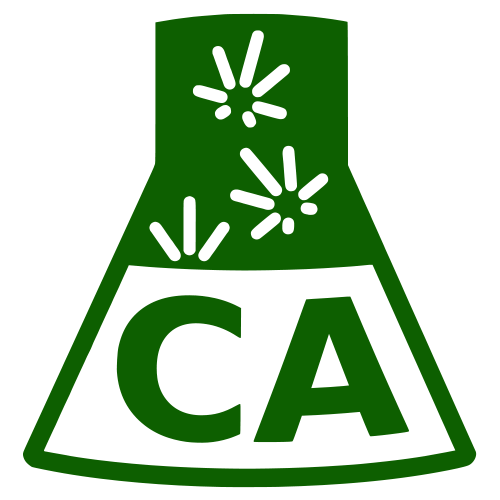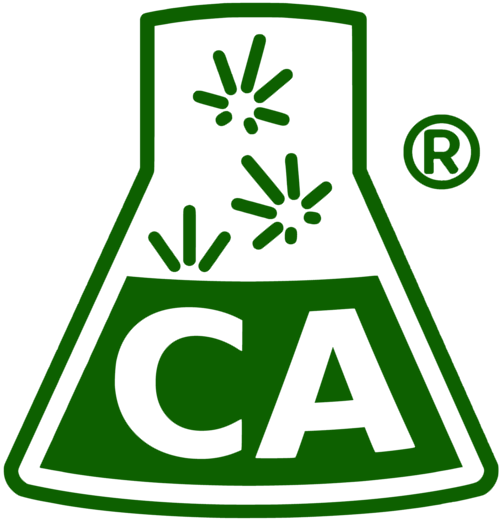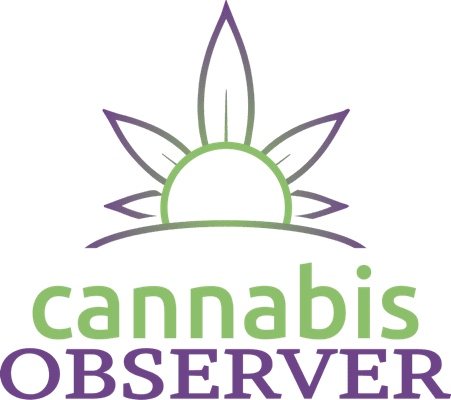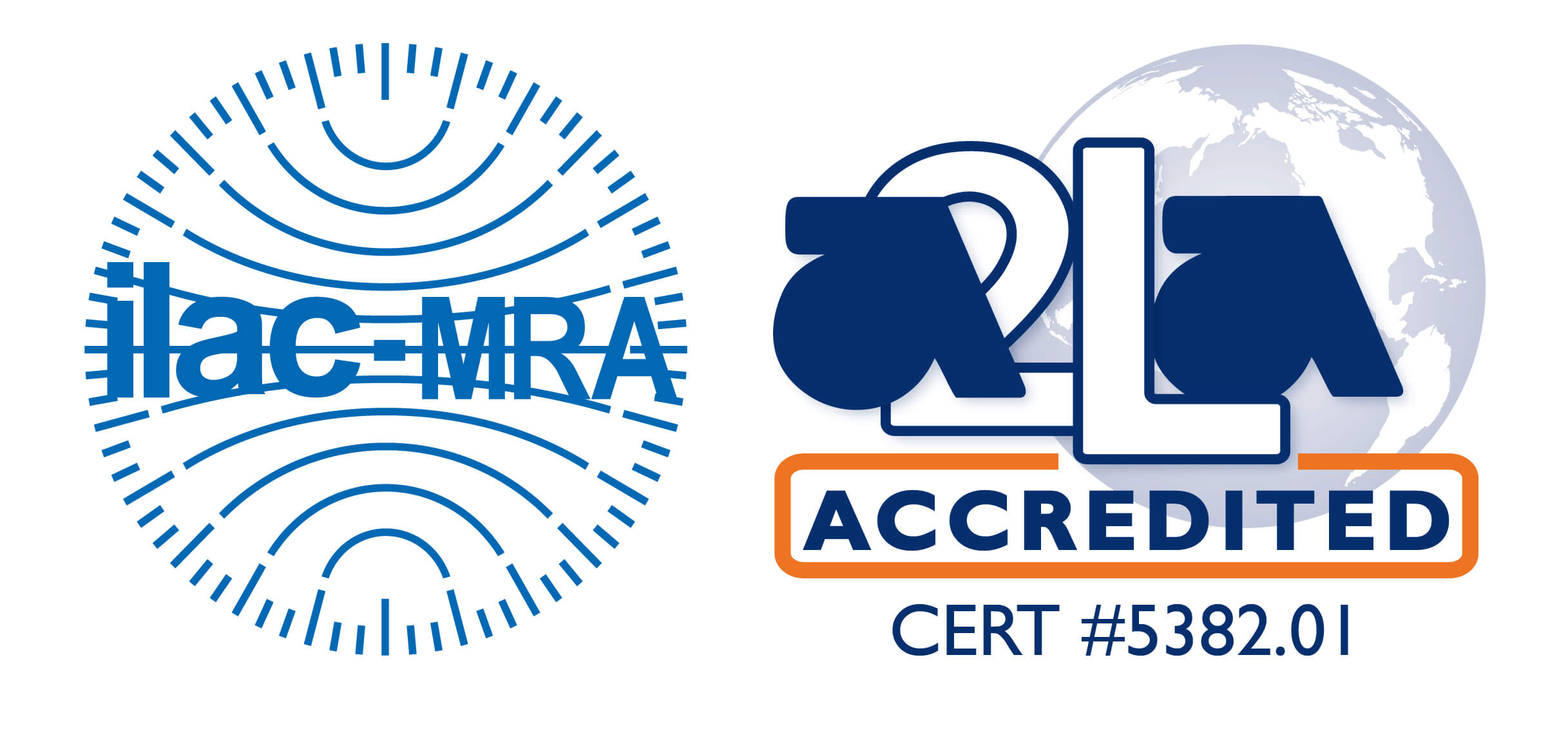Providing ISO 17025-accredited Cannabis Testing services to meet and exceed regulatory requirements for consumer protection: We Are Confidence Analytics.

Through scientific integrity and industry expertise, we provide Cannabis Testing and analytical services to benefit production and sourcing of products with true quality assurance and traceable documentation.
CANNABINOIDS OF INTEREST
THC
Tetrahydrocannabinol
The compound most associated with the psychoactive effect
THCA
Tetrahydrocannabinolic Acid
The predominant form of the molecule in raw material
CBD
Cannabidiol
The compound most associated with medicinal properties
CBDA
Cannabidiolic acid
The predominant form of the molecule in raw material
CBG
Cannabigerol
The precursor to THC & CBD in the biosynthesis pathway; shown to reduce intraocular pressure
CBGA
Cannabigerol acid
The predominant form of the molecule in raw material

CBN
Cannabinol
The primary breakdown product of THC & CBD with known sedative and anxiolytic properties

CBNA
Cannabinolic Acid
The acid form of CBN.
THCV
Tetrahydrocannabivarin
Similar to CBD, THCV appears to modulate THC uptake
THCVA
Tetrahydrocannabivarin Acid
The acid form of Tetrahydrocannabivarin
CBDV
Cannabidivarin
Appears to have strong potential for treatment of epilepsy
CBDVA
Cannabidivarin
Appears to have strong potential for treatment of epilepsy
CBC
Cannabichromene
Has a suggested role in the anti-inflammatory, antiviral and analgesic effects of cannabis

CBCA
Cannabichromic Acid
The acid form of Cannabichromene
CBT
Cannabicitran
Not psychoactive, but was found to reduce intraocular pressure in tests on rabbits

CBL
Cannabicyclol
A degradation product of CBC
d8-THC
delta-8 Tetrahydrocannabinol
A less psychoactive isomer of the commonly found d9-THC








